Trending searches
Trending searches
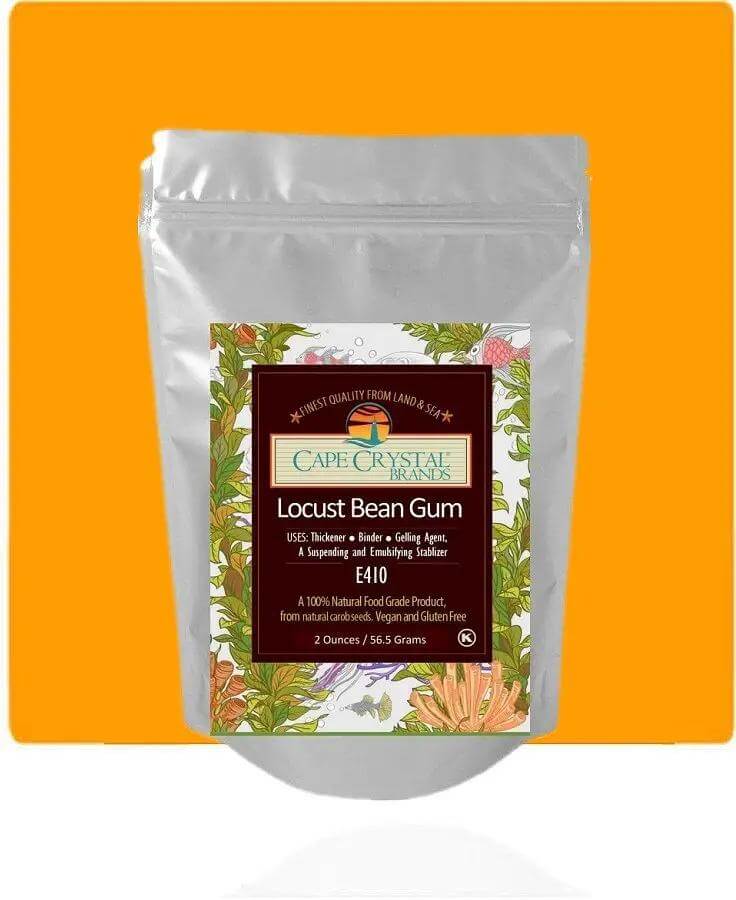
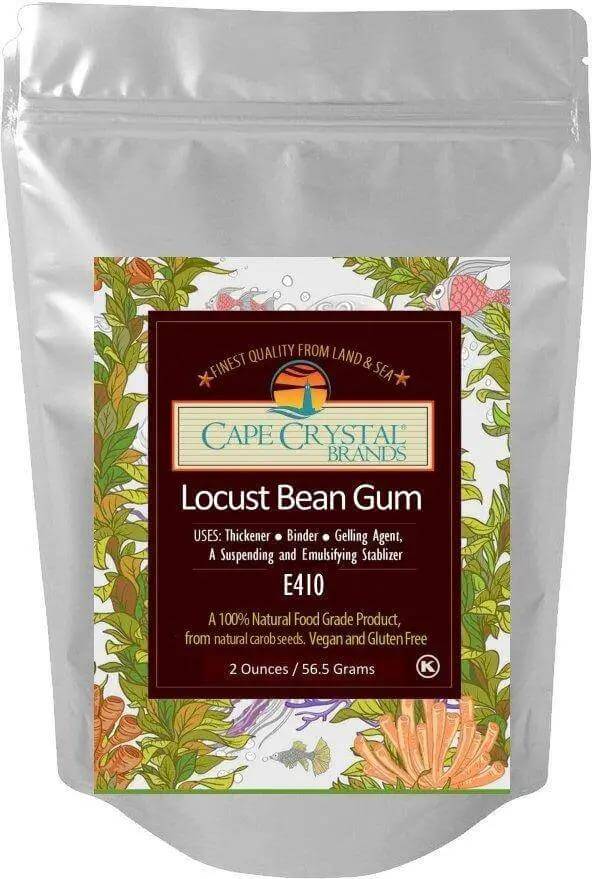
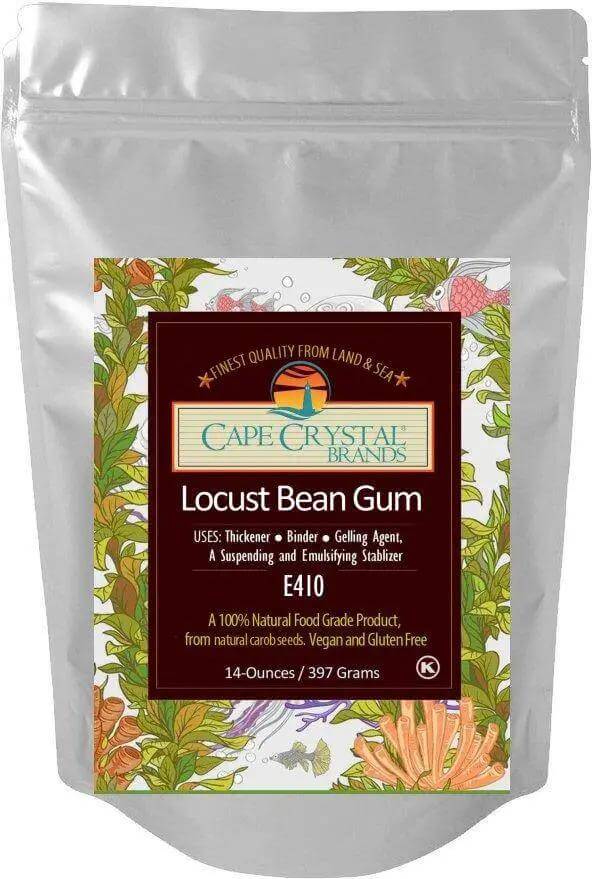
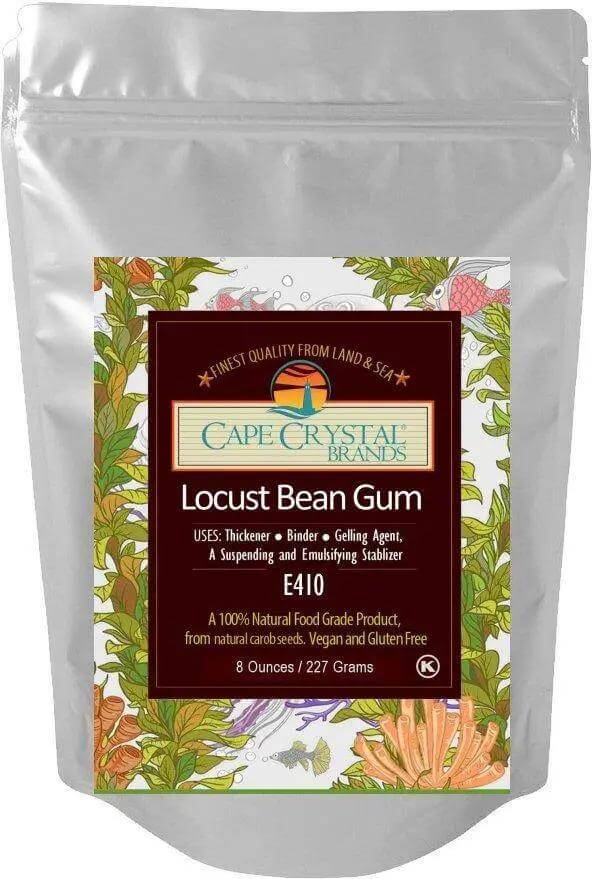
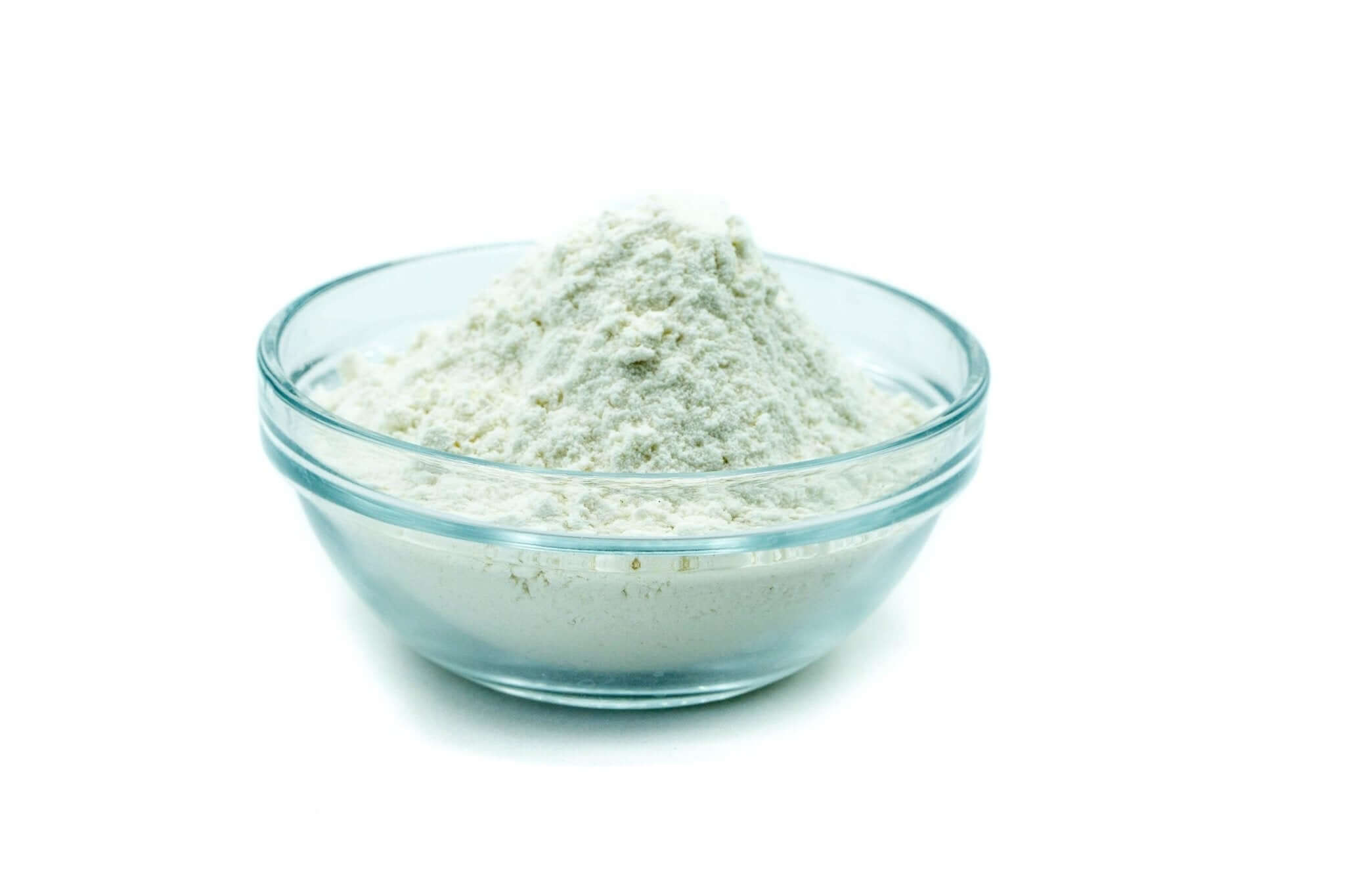
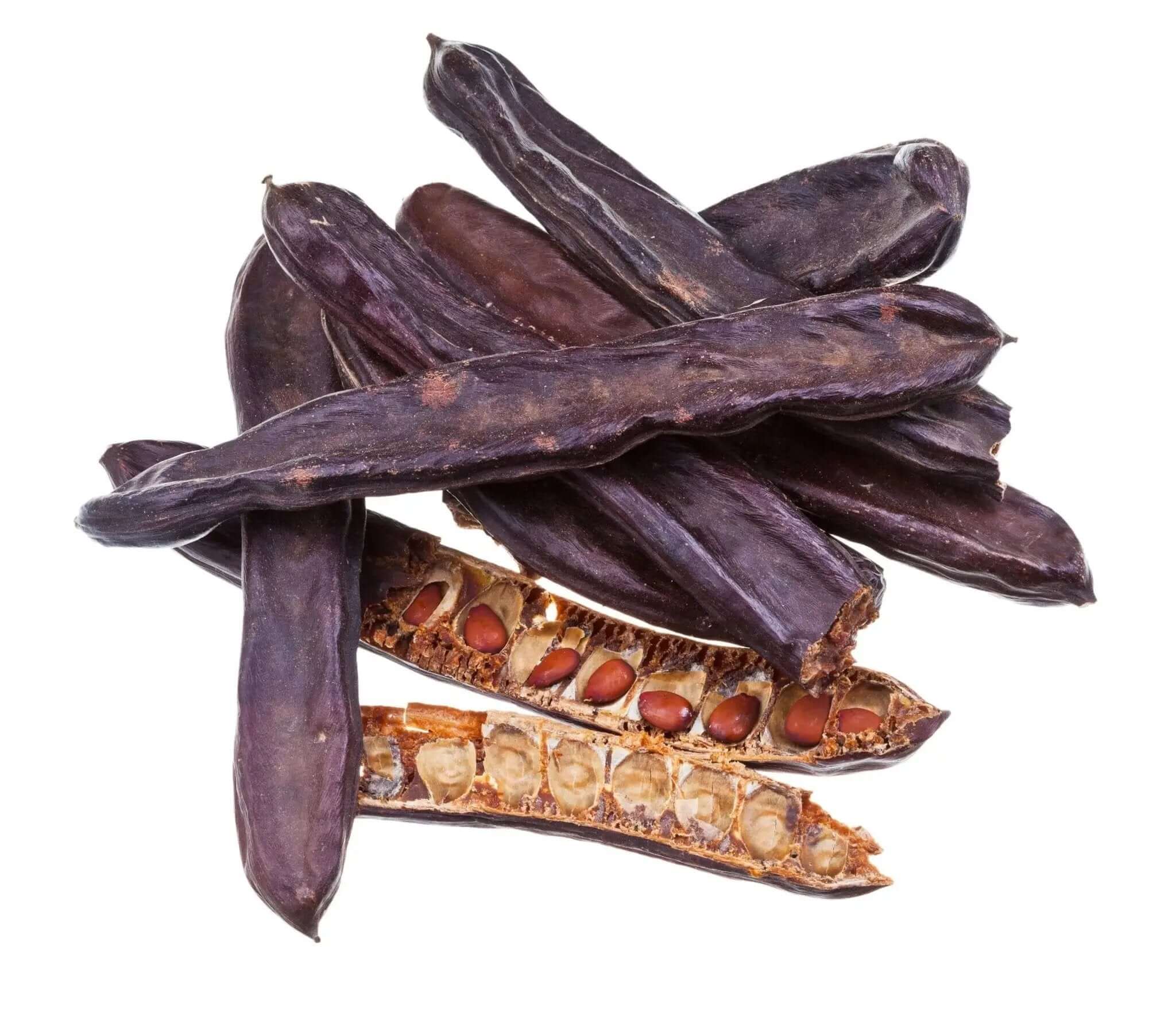












Cape Crystal Brands - Locust Bean Gum
- Price
- $14.95
Size: 2-oz.
Frequently Bought Together
We Accept
PROPERTIES
Gluten-Free, Plant-Based, Kosher (K)
Pure Locust Bean Gum
None
Product Information
A classic, plant-based thickener that delivers creamy body and synergistic stability—especially powerful in dairy, desserts, and frozen treats.
Key Benefits
-
Smooth, creamy viscosity with clean flavor release
-
Excellent synergy with kappa carrageenan (reduces brittleness) and xanthan gum (elastic, stable textures)
-
Ideal for ice cream, dairy desserts, sauces, and plant-based milks
-
Plant-based, gluten-free, non-GMO, Kosher (K)
-
Available in 2-oz, 8-oz, and 16-oz packages
Properties
-
Dietary: Gluten-Free, Vegan, Non-GMO, Kosher (K)
-
Ingredient: 100% Pure Locust Bean Gum (from carob tree seeds)
-
Allergens: None
-
Documentation: COA | SDS | SPECs | Certificates
What It Does
Locust Bean Gum (LBG) is a natural galactomannan from carob seeds. It builds body, improves freeze–thaw stability, and enhances mouthfeel. LBG is famous for synergy: with kappa carrageenan it creates firm yet less brittle gels; with xanthan it forms elastic, stable networks perfect for dairy and plant-based systems.
Popular Uses
-
Ice Cream & Frozen Desserts: Reduces ice crystals; richer, smoother body
-
Dairy & Plant-Based Milks: Creamier mouthfeel, improved suspension
-
Puddings, Custards, & Sauces: Clean, stable thickness without gumminess
-
Jams & Spreads: Helps prevent syneresis (weeping)
How to Use (At-a-Glance)
-
Typical dosage: 0.2%–0.6% by weight (range 0.1%–1.0% depending on system)
-
Hydration: Best hydrated hot (≈ 85–90 °C / 185–194 °F) with good shear, then cool
-
Synergy: Combine with kappa carrageenan and/or xanthan gum for stronger, more stable textures
Example: Ice Cream Base
-
Premix LBG with sugars to prevent clumping; disperse into cold mix under shear.
-
Heat to 85–90 °C (30–60 sec) to fully hydrate.
-
Chill rapidly; age the mix 4–12 hours; churn.
-
Typical total stabilizer system: 0.25%–0.40% (LBG alone or in blends with xanthan/carrageenan).
Pro Tips
-
Premix with sugar or dry ingredients for easy dispersion.
-
A tiny amount of xanthan (e.g., 0.05%–0.15%) with LBG boosts stability in beverages and frozen desserts.
-
Pair with kappa carrageenan for firm, non-brittle gels in dairy systems.
-
Hydrate fully—under-hydration causes weak texture or graininess.
Pair With (Cross-Sell)
-
Kappa Carrageenan — firmer, less brittle gels
-
Xanthan Gum — elastic viscosity & suspension
-
Guar Gum — economical viscosity in blends
-
Sodium Citrate — pH adjustment in dairy/plant systems
Storage & Shelf Life
-
Store sealed in a cool, dry place away from humidity.
-
Shelf life: up to 2 years when properly stored.
Why Cape Crystal
-
Consistent, high-purity LBG selected for performance
-
Trusted by chefs, R&D teams, and craft makers
-
Backed by documentation and responsive support
Frequently Asked Questions
Q: What is Locust Bean Gum used for?
A: To thicken and stabilize dairy, plant-based milks, sauces, and frozen desserts, delivering creamy body and improved freeze–thaw stability.
Q: What’s the typical usage level?
A: Start at 0.2%–0.6% by weight; adjust to taste and texture goals.
Q: Does LBG need heat to work?
A: Yes—full hydration typically requires heating to ~85–90 °C with good shear.
Q: Can I combine LBG with other gums?
A: Absolutely. It’s highly synergistic with kappa carrageenan (firmer, less brittle gels) and xanthan (elastic, stable textures).
Q: Is Locust Bean Gum vegan and gluten-free?
A: Yes—plant-based, gluten-free, non-GMO, and Kosher (K).
Customer Reviews
⭐️⭐️⭐️⭐️⭐️ “My ice cream is finally scoopable and silky after a week—game changer.”
⭐️⭐️⭐️⭐️⭐️ “Paired with xanthan for our oat latte—perfect body and stability.”
Call to Action
Ready for smoother ice creams and creamier dairy alternatives? Choose your size and pair Locust Bean Gum with kappa carrageenan or xanthan gum for pro-level results.
Recommended for You
Browsing history
- Choosing a selection results in a full page refresh.
POLICY PAGES
QUICK LINKS
Guar Gum
Cape Crystal Brands, 18 Bank St., Suite 1, Summit NJ 07901.
- Phone: +1 908-273-5600
- Email: info@capecrystalbrands.com
- Tax ID: 26-2477626000
- FDA Facility Registration # 16980627550
- Kosher Certified: OKosher.org
Country/region
© 2026, Cape Crystal Brands | Sitemap
